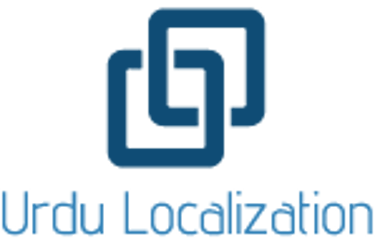
Machine Translation vs. Human Expertise: The Urdu Content Dilemma
2 min read

In today’s fast-paced digital world, machine translation tools like Google Translate and AI-powered platforms have become incredibly popular. They promise speed and affordability, making them tempting options for businesses looking to translate content quickly. Yet, when it comes to a language as culturally rich and nuanced as Urdu, machine translation consistently falls short. Businesses that rely solely on these tools risk miscommunication, cultural insensitivity, and even damage to their reputation.
Where Machine Translation Fails Urdu
Machine translation is designed to process text and provide a direct conversion from one language to another. It works fairly well for simple or highly technical content, but Urdu poses unique challenges that machines are not equipped to handle. The biggest issue is context. Many Urdu words carry multiple meanings, and machines often select the wrong one, leading to inaccurate or even confusing results. Beyond vocabulary, cultural expressions and idioms are often mistranslated, resulting in content that feels awkward or inappropriate.
Another challenge is grammar and structure. Urdu’s right-to-left script and complex sentence patterns regularly confuse machine algorithms, creating translations that are clumsy and grammatically flawed. Finally, Urdu is known for its emotional and poetic depth. Machine tools simply cannot replicate the subtle tone, warmth, or elegance of human expression, leaving content flat and uninspiring.
Why Human Translators Make the Difference
The shortcomings of machine translation highlight the critical need for human expertise. Native Urdu-speaking translators bring not just linguistic ability but also cultural awareness. They understand formality levels, regional sensitivities, and the emotional undertones of the language. This allows them to adapt content so that it not only makes sense but also resonates with the intended audience.
Professional translators also ensure grammatical accuracy and natural flow. Their work is polished, contextually appropriate, and free from the mechanical feel of automated outputs. Unlike machines, they can capture the emotional tone of marketing material, legal documents, or healthcare content, ensuring the message carries the intended impact.
The Value of Professional Services
Partnering with a professional Urdu translation service provides an extra layer of reliability. These services employ teams of translators who go through multiple rounds of review, ensuring consistency and accuracy. They also offer additional expertise in areas like Urdu localization, proofreading, voice-over, and subtitling—services no machine can deliver with the same precision.
For businesses expanding into Urdu-speaking markets, professional translation is not just about converting words but about building trust and long-term relationships. A localized website, a carefully adapted marketing campaign, or an accurately translated contract all demonstrate respect for the audience, something that directly translates into stronger customer engagement and brand credibility.
The reality is clear: while machine translation tools may serve for quick checks or casual use, they cannot replace the insight and precision of skilled human translators. Urdu, with its complexity, beauty, and cultural depth, demands a human touch. Companies that invest in professional Urdu translation services position themselves to succeed, connect meaningfully with their audience, and stand out in a competitive global market.
